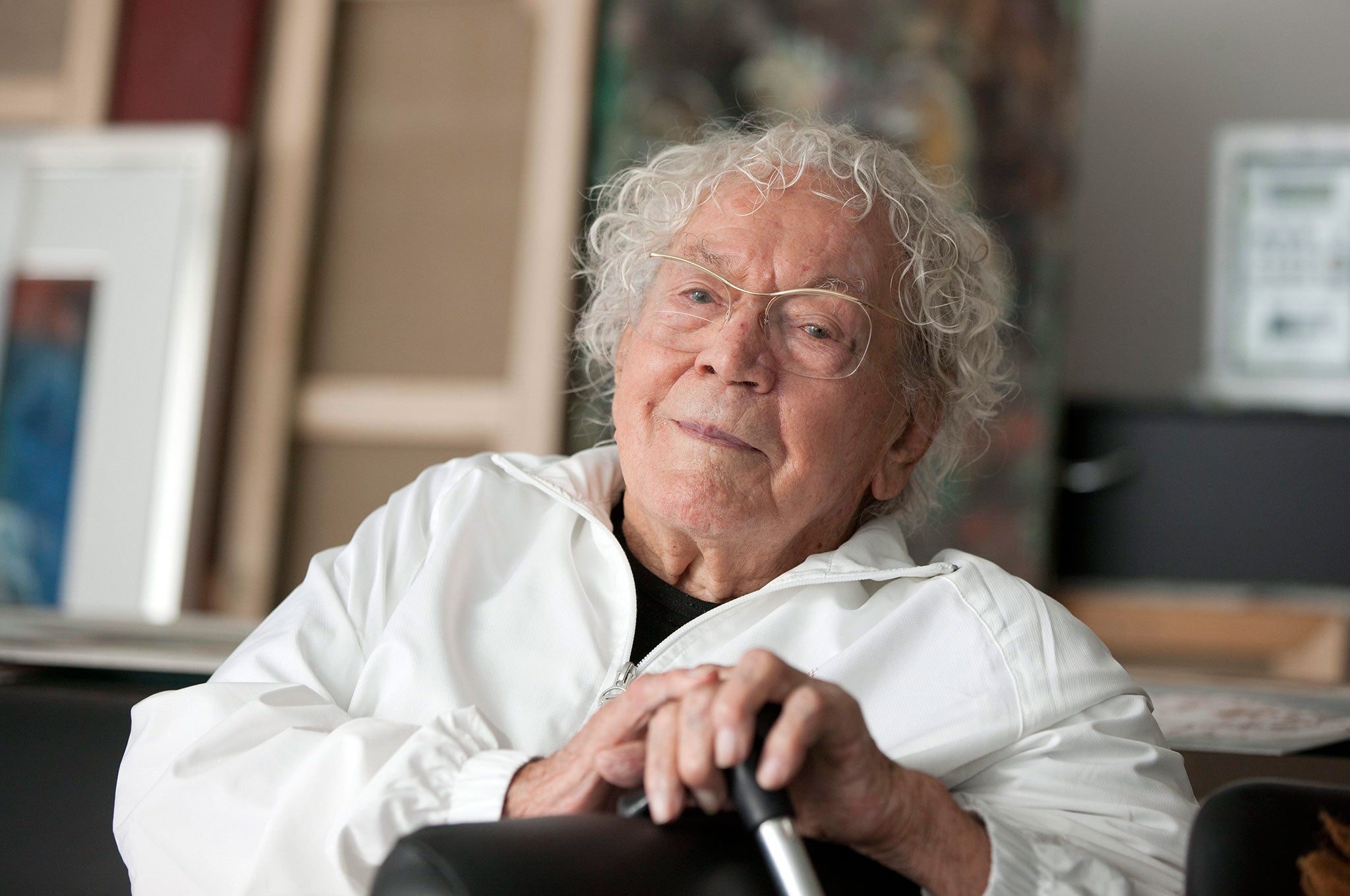Hans Erni dead: Prolific Swiss artist influenced by Picasso dies aged 106
Erni produced hundreds of paintings, sculptures, lithographs, engravings, etchings and ceramics

Your support helps us to tell the story
From reproductive rights to climate change to Big Tech, The Independent is on the ground when the story is developing. Whether it's investigating the financials of Elon Musk's pro-Trump PAC or producing our latest documentary, 'The A Word', which shines a light on the American women fighting for reproductive rights, we know how important it is to parse out the facts from the messaging.
At such a critical moment in US history, we need reporters on the ground. Your donation allows us to keep sending journalists to speak to both sides of the story.
The Independent is trusted by Americans across the entire political spectrum. And unlike many other quality news outlets, we choose not to lock Americans out of our reporting and analysis with paywalls. We believe quality journalism should be available to everyone, paid for by those who can afford it.
Your support makes all the difference.Swiss artist Hans Erni, whose prolific work ranged from tiny postage stamps to enormous frescoes, has died aged 106.
Erni’s daughter, artist Simone Fornara-Erni, announced on her Facebook page that he had "passed away peacefully" on Saturday 21 March.
Erni produced hundreds of paintings, sculptures, lithographs, engravings, etchings and ceramics. Many of his paintings featured figurative motifs such as doves and horses.
He kept up a punishing work schedule deep into old age, completing a series of paintings for the International Olympic Committee in his 80s, and painting a fresco at a church in Saint-Paul-de-Vence in southern France, where he had a vacation home.
Born 21 February 1909 in Lucerne, Erni studied art in Paris and Berlin.
He was strongly influenced in his early days by Pablo Picasso and Georges Braque, but his abstract era ended with his first public success, a huge mural titled "Switzerland, Vacation Land of the People" commissioned for the 1939 national exhibition in Zurich.
A 60-metre-long Erni mural was inaugurated at the entrance to the UN building in Geneva.
Erni's communist sympathies occasionally got him into trouble, and he later said that for 20 years he was "boycotted, defamed, spied on, and banned from cultural life as a national traitor".
Swiss bank notes he designed in the 1940s weren't printed because he was deemed a Marxist.
However, the crushing of Hungary's 1956 uprising against communist rule was an ideological turning point for him.
"Tanks destroyed my vision of life," he declared at the time.
Erni created more than 90 stamp designs for Switzerland, Liechtenstein and the United Nations.
Erni's first wife, artist Gertrud Bohnert, died in a horse-riding accident. Their daughter, Simone, is herself a prominent artist.
With his second wife, Doris, he had a son and two daughters, one of whom died of leukemia. His sister, Maria Strebi-Erni, died in January last year aged 107.
He said his secret to longevity was "avoiding excess".
Additional reporting by AP
Join our commenting forum
Join thought-provoking conversations, follow other Independent readers and see their replies
0Comments